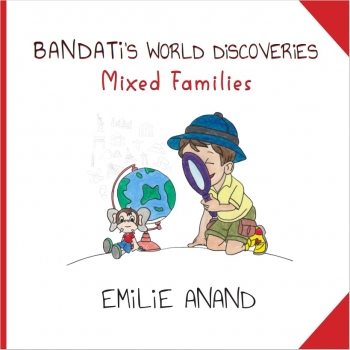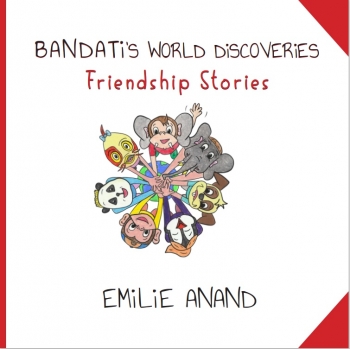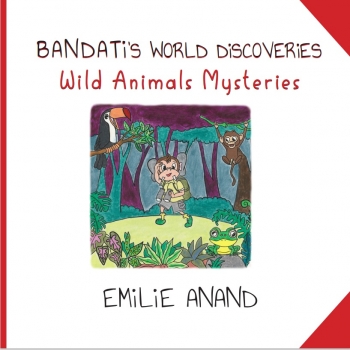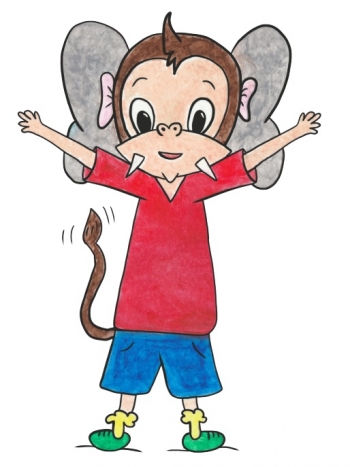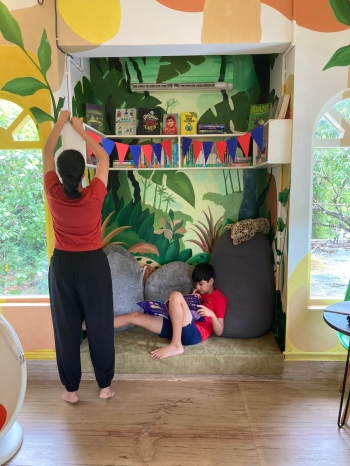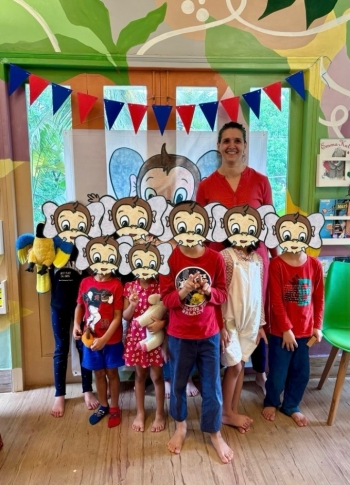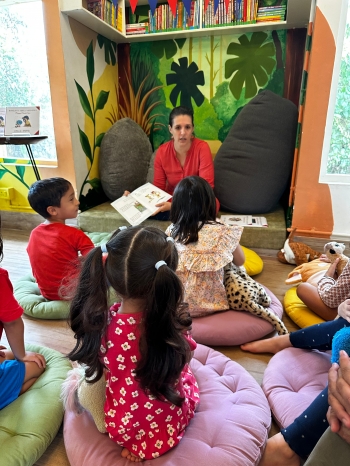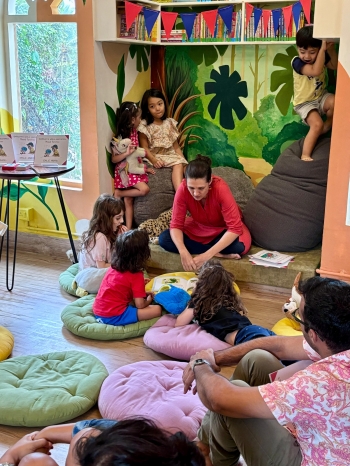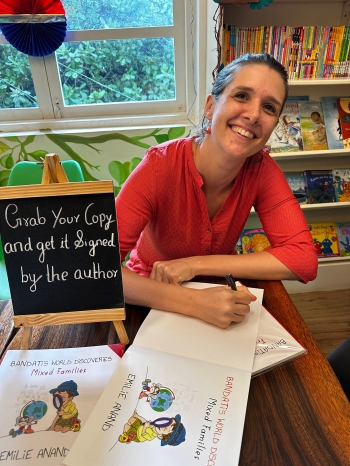Writing and illustrating a children’s book, it can’t be too difficult, can it? That’s what I told myself when I embarked on my Bandati adventure. A friend and I had been discussing that there is no book really to talk about mixed heritage with children like ours (with French and Indian parents). We started brainstorming, and a boy, half-elephant and half-monkey, immediately materialised in my brain and on a piece of paper – I had to draw it, because I was pretty sure the concept as it was – a boy “half-monkey half-elephant” – would otherwise sound very shocking! From then on, I continued exploring the story, thinking that I will find a professional to do the illustrations. Except that none of the people I contacted pictured Bandati the way I wanted him. And the few children I had shown my drawings to actually liked it. I just needed some more crayons, a good paper, and to learn how to use a drawing tablet!
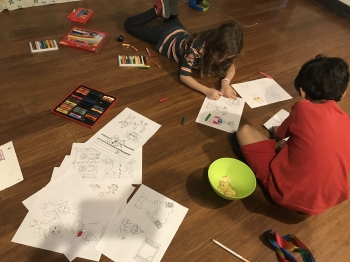
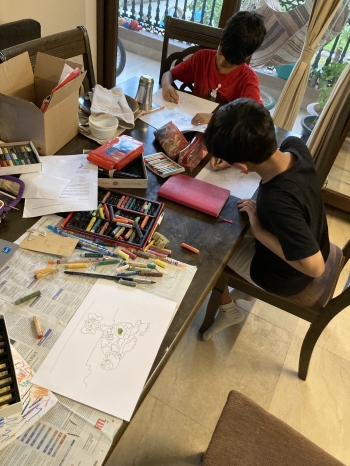
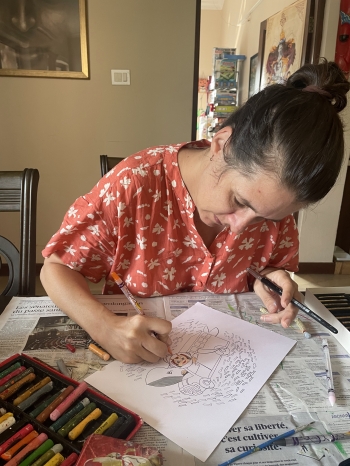
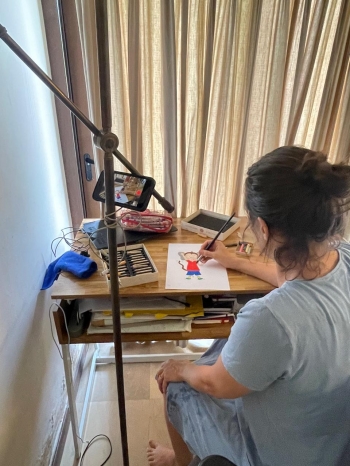
By the time I was done with the book, both my husband and my son hated Bandati, resenting him for all the time he had taken from me! I had worked so hard on this project that, when I felt the book was finished and I couldn’t find a publisher, I decided to go till the bottom of things and got it self-published in June 2022. Selling it was another task, and one I was way less interested in...
Fast forward to mid-2023, on a plane from Delhi to Goa, I met the father of one of my son’s schoolmates. He had gone to the capital for work. Naturally, I inquired about the nature of his business, and you’ll never guess… He was a publisher! I wasted no time asking him if he would be open to publish the English version of S’aimer en Inde, la révolution du sexe et de l’amour, and even hugged him when he said yes. I immediately threw myself into the translation – another humongous task. When it was done and he’d read the manuscript, he told me “I’m ready to publish it, but are you? The topic is sensitive, and you might not be spared!” I agreed with him. I actually never meant it for Indian readers, but for foreign people interested in India. He added “In my opinion, you should turn it into fiction, maybe write a dozen short stories. And spice it up, will you?” Me? Fiction? It has always been a dream, but also an unthinkable exercise, since my imagination is as vivid as of a tadpole. To my objections, he only replied, “Yes, you can.”
And then, while I was working on this new project, he had a look at my website, and Bandati caught his eye. He loved it, and would really be happy to publish it, as long as I could make into a series. “8 books maybe?” The voices of my husband and son screamed in my head, and mine too. 8 books? Did he have any idea of the amount of work that was? I don’t copy-paste images, I don’t do digital illustrating, I don’t ask AI to draw for me… And writing in rhymes, it’s such a challenge, especially in English (I find it way easier in French). But he agreed to start with a set of 4 – which meant 3 new books – and now that a seed had been planted in my brain, I knew there was no escaping. Friends made some suggestions, and in May 2024, I wrote down ideas, started with the illustrations, and by February 2025, Bandati 2-3-4 were ready.
